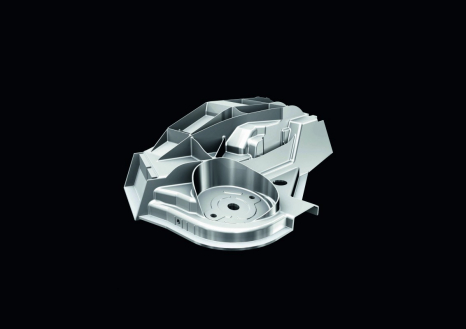Aluminium as a material
Aluminum is an excellent material for vehicle bodies. With its low density of 2.7 grams per cubic centimeter (0.098 lb per cu in), it is roughly two-thirds lighter than conventional grades of steel, and since it is a relatively soft metal, it is easy to machine. Alloys, the most important components of which are magnesium and silicon, provide the high strength necessary for vehicle bodies.
Aluminum is commonly found in chemical compounds in the Earth’s crust. The raw material, aluminum oxide, is extracted from the ore bauxite, which can be mined in many equatorial regions such as Australia. The aluminum oxide is electrolyzed to produce pure aluminum metal. This process is performed in countries where clean and affordable hydropower is available, such as Norway, Canada and Iceland.
The lightweight aluminum bodies from Audi also have a very positive ecological effect – they greatly reduce emissions of CO2.** Although the production of primary aluminum requires more energy than the production of steel, the weight advantage of the ASF body quickly equalizes the balance during operation of the vehicle – after roughly 50,000 kilometers in the case of the Audi A8 .
At the end of the vehicle’s life, the aluminum can be collected, treated, melted down and reused. At Audi all production scrap – from the press shop and from suppliers – is collected, sorted and fed back into the material cycle. The body of the A8 now comprises 38 percent recycled aluminum.
The treatment of sorted aluminum production scrap requires up to 95 percent less energy than the production of primary aluminum. This further improves the energy balance of an aluminum body in comparison to both steel and carbon-fiber-reinforced polymer in high-volume applications.
Aluminum still harbors many possibilities for the “ultra” lightweight constructions of the future. Audi is working together with its preferred partners at research facilities and in industry to further increase the strength and deformation properties of all semi-finished components. New casting alloys that permit thinner wall thicknesses thanks to increased strength are nearly ready for series deployment. They achieve a strength of more than 500 megapascals – an increase of 60 percent. Additional gains can be achieved by refining component geometry on the basis of numerical optimization tools and by using new joining techniques for the multimaterial mix.
**Figures depend on the tires/wheels used.
Status: 2011
